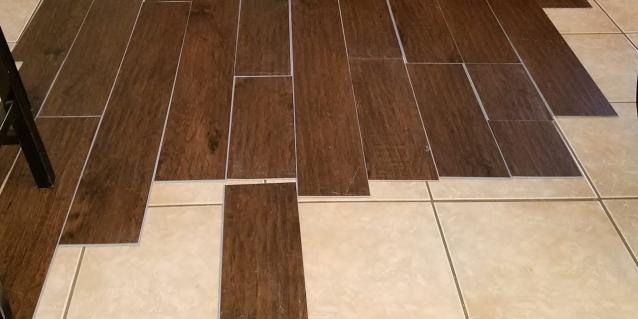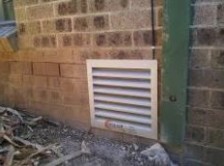
Repaint a room in a weekend
Colour Selection
If you like energy and motivational rooms, bright colours are the way to go. For a more atmospheric and calm space, cooler shades are the preferred approach. Neutral colours are always a safe option if you are not sure about choosing the right colour scheme. These colours will work together no matter what, whereas mixing bright colours with lighter shades can create a nightmare-like contrast.
If you have a room that feels too large, deeper shades create a shrinking effect. You can balance the perception of a room by mixing colours. Dark shades can work well with light or neutral colours. It is important to do a colour match either with a chart or by comparing small sections of painted walls. On that note – do not purchase the full amount of paint until you are sure the colour is right for the room.
Room Preparation
Preferably, you should empty the room of all furniture that is in the splash or drip zone. If that is not a viable option, move all furniture to the middle of the room and cover it with dust sheets. If you don’t have dust sheets, use plastic covering. When neither is on hand, do some more shopping before you begin painting.
The next step is a task you may not enjoy but it is worth the effort. The removal of light fittings and door handles will make painting the room easier. You can then use masking tape to protect any area that you don’t want to splatter with paint. If you have ever seen professional painters, they are covered in paint. That should give you a clue as to how difficult it is for paint to stay on the brush or roller!
Surface Preparation
Cleaning is the first key element of painting preparation. You will need to do a deep dusting and clean each surface with soapy water. Do not wipe the soap off right away; let it sit for at least a minute. This will allow the soap to bond with surface dirt. Once enough time has passed, wipe the soap away.
The next step involves repairing any cracks, holes, or other damage to the surface. You will need reliable filler for cracks and small holes. Allow the filler to dry before checking the repaired surface area for any protrusions. You will need sandpaper to smooth out the surface before paint is put to brush.
Paint Preparedness
The word (or variations thereof) preparation comes up a lot in relation to painting. Do you have enough to cover the room? Additionally, you should stretch your budget for high-quality brushes and rollers. Cheap products can shed hairs, leaving your surfaces looking unsmooth. Angled brushes are also a great purchase for cutting into corners.
These are your tools, so make sure you do not go to work unprepared. Other items you may need include gloves, goggles, and a step ladder. Common requirements such as drip sheets and masking tape are fairly cheap in most hardware stores.
Painting Time
Ceilings are tricky. Start by ‘cutting in’ to make the job easier. Starting around light fittings and the perimeter of the ceiling is going to save you a lot of stress. If you had not considered using a reservoir tray, buy one before you put paint to brush or roller. Fill the tray up to a third of capacity and conservatively apply paint to your brush or roller, taking care that the paint isn’t dripping everywhere. Now, apply paint to the ceiling in a zigzag fashion until the surface is fully covered.
For walls, switch to a short-handed roller. This will make painting the surface much easier. Use the same technique and painting pattern. You will need to add additional coats to all surfaces, but now that you know how to paint effectively, it won’t take long to get the job done. Just make sure the first coat is dry before you apply the next coat.



